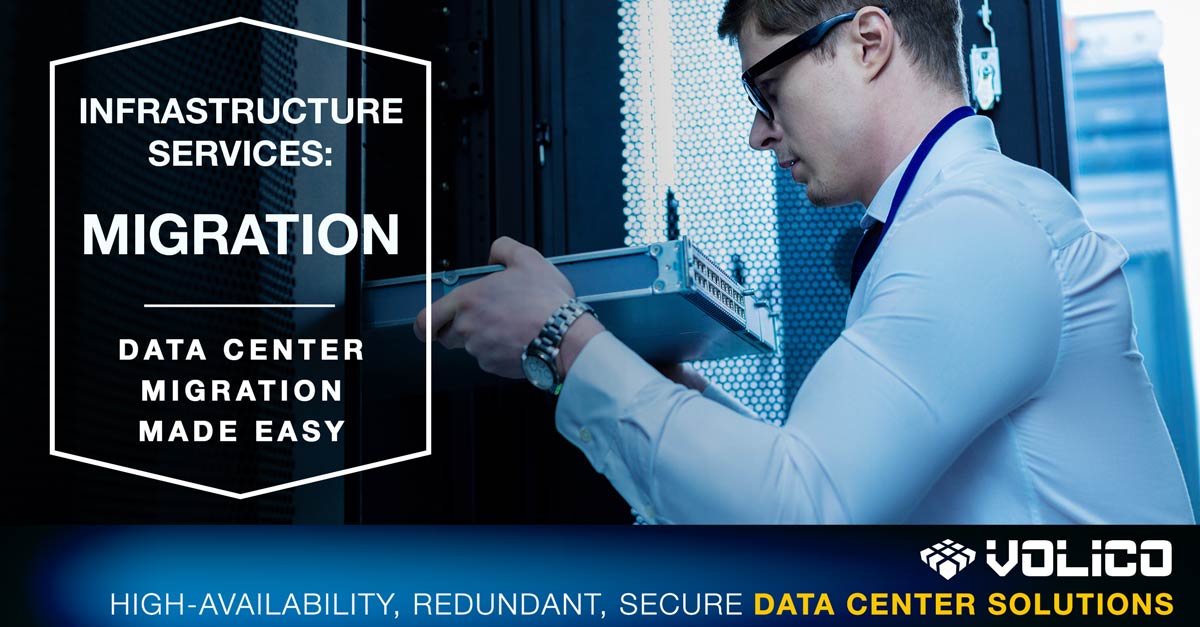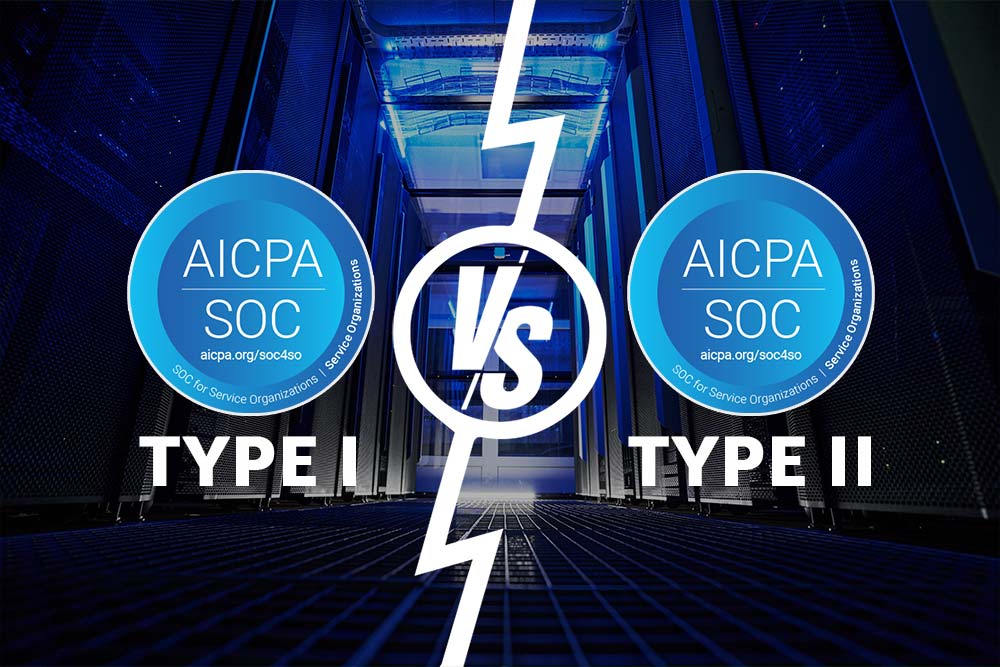When it’s time to migrate, it’s time to migrate. There’s no going around it. At a certain point, most businesses encounter the challenges of data center migration. The motives can vary, but the goal is the same: to keep the data safe and execute the relocation successfully.
The risks are high, though, and any rash decision can lead to issues of data loss, security breaches, and unplanned downtime. Because of this, it’s particularly important to have a data center migration plan in place.
In this blog, we are going to examine crucial strategies and data center migration best practices that can make the whole process easier, more affordable, and stress-free for your organization. Let’s start right away.

What Is Data Center Migration and When Does it Become Relevant?
By data center migration, we understand the procedure of transferring IT assets from one hosting environment to another. Migration can be as straightforward as moving a server from one data center facility to another. However, in other cases, when the migration encompasses a more extensive infrastructure, it can become a complex and lengthy procedure.
The complexity can vary according to the size of the infrastructure and the number and type of destination locations you’re migrating to. You have an easier arrangement if the migration occurs between two private data centers. On the other hand, if you’re moving partially to a colocation data center and partially to the cloud, things start to become more interesting, and you might need extra measures in order to avoid challenges.
Migration can become relevant for a company for many specific reasons. Perhaps the most frequent case when companies start planning their data center migration is when they outgrow their on-premises solution and want to expand into the cloud or a hybrid solution. Another common situation is when a company moves all of its offices, equipment, and data centers to a new location or multiple locations.
A data center migration can eat up some resources upfront but also contribute significantly to potential long-term savings. A migration always offers a chance for optimization, and companies usually benefit from a chance to improve their performance and security with updated, fresh, optimized systems.
Types of Data Center Migration
We can classify migration into a few types depending on why an organization desires to migrate. The motive defines the purpose, and the purpose determines how the migration will take place and what it will involve. According to this, we can separate four types of migration, which are the following.
- Relocation or Colocation Migration
When migration occurs between two data centers, we are talking about relocation or colocation migration. The moving happens between the source facility and the target facility. There can be variations between the types of those locations: it can be any combination of physical, virtual, and cloud environments. How the migration takes place varies depending on the types of environments between which the migration takes place.
- Consolidation migration
This type of data center migration serves the purpose of “compacting” the infrastructure. It typically happens when a company is acquired or merged with another, and the number of physical data centers or servers has to be cut down. Merging data centers or moving assets to one physical location often requires a certain degree of consolidation to achieve better overall efficiency and manageability.
Another motive is when an organization becomes interested in exploring the advantages of virtualization, opening up an opportunity to reduce the number of servers.
- Cloud migration
Cloud migration takes place when an organization decides to eliminate its on-premises server room and move applications, systems, and workloads into the cloud. This move can be integral or partial. Also, cloud migration is not limited to physical-to-cloud transitions. It can happen when an organization switches its cloud provider as well.
- Hybrid migration
As the name suggests, hybrid migration comes about when a company decides to leverage the combined benefits of on-prem and off-prem infrastructures. The hybrid approach is preferred by organizations that need extra security and resilience for business continuity.

Strategies and Best Practices for a Succesful Data Center Migration
A good plan can make or break a successful migration. Assessing the data center’s needs, evaluating the ways the new systems can work together, and selecting the best methods and tools can help reduce the intricacy of the procedure and the chances of unplanned downtime. Before initiating a data center migration, it’s important to have a detailed plan laid out and a set of strategic best practices to keep everything on track.
Determine the Purpose of Migration
The very first step before starting a migration is determining the exact reasons why the migration has to take place and how that will benefit the organization.
Most frequently, the number one reason for migration is cost reduction. Many organizations are reorganizing and moving their assets to improve energy efficiency or achieve better security than their current solution allows.
Evaluating your goals in advance is perhaps the most important step to take before moving. Knowing where you want to arrive is crucial for defining the best course of action for attaining your objectives.
Pick the Assets to Move
After identifying the goals and defining the “why”, the next step is determining the “what” or which servers, equipment, data infrastructure, and other IT equipment you wish to migrate.
This is a key step, especially when the migration is partial. The situation is more complex in these cases, and planning ahead is absolutely necessary. The conditions are more straightforward when the migration encloses an entire data center infrastructure. Nevertheless, even if all assets have to be moved, a review and checklist might be necessary.
Data Center Migration Offers The Chance to Optimize
Migration can be a headache and require a lot of work; however, it offers a chance to improve things around your infrastructure.
In a sense, migration is very similar to moving to a new home. The transition is challenging, and many belongings have to be taken into consideration. On the other hand, this process offers a chance to get rid of the clutter and optimize the infrastructure, which, in this case, is your furniture and belongings. You have three tables but no bookshelf? Also, do you need to hold on to clothes you haven’t worn in 5 years?
It’s pretty similar to a data center migration: you can choose to consolidate your infrastructure for better efficiency and a smaller footprint and take advantage of the chance to eliminate unused data to improve storage capacity.
Choose the Course of Migration
When you are done assessing the opportunities for optimization, the next step is to determine the actual course of the migration. This will depend on the type or types of infrastructure. Again, the process is the simplest if the migration only means that physical infrastructure is changing locations. However, with hybrid solutions or when there’s a virtual infrastructure, you need to pay extra attention to migrate the virtual infrastructure successfully. In those cases, make sure that your new configurations will be suitable for your workload requirements.
Assess Risks and Implement Strategies for Mitigation
Risk assessment can be crucial for a successful migration. It helps to pinpoint vulnerabilities and come up with solutions in time to mitigate the potential negative impacts. The most common risks of migration are:
- Data loss. Backups are needed to avoid the risk of losing important data. Before a migration, make sure your backups can be used to restore everything in case something goes wrong.
- Downtime. Plan ahead to avoid unnecessary downtime.
- Security Concerns. When migrating, security is one of the most important things. Heighten security protocols and make sure data is encrypted when transferring.
- Compliance Issues. Check with a legal professional and conduct audits to ensure compliance with regulations.
Estimate Associated Downtime
And finally, for a successful data center migration, you need to know in advance how much downtime you should calculate with. However, as easy as it sounds, accurately predicting downtime can be a challenge. Even if you have every second calculated for the transition, a surprise can always come, and things might be delayed. Because of this, an intelligent approach often used is to calculate possible delays in advance. Also, it’s important to notify all stakeholders of the migration so they can prepare for the downtime.
Monitor and Test
Tracking the migration enables teams to see how systems perform and identify any issues in time. This can be crucial to ensure that environments – physical or cloud – perform as expected. Performance monitoring can offer real-time insight, and with the help of predictive analytics, it becomes possible to rule out potential issues.
Migration doesn’t end when everything is in its new place. After completing the transfer, testing is required to determine if everything works as planned. This is the last step. However, it’s no less important than the previous ones.

Conclusion
Migration is a complex procedure that can easily go wrong if it finds you unprepared. Implementing a few essential precautionary steps and best practices can secure you a successful migration without unpleasant surprises and unnecessary risks.
For a seamless and secure migration experience, check out our migration services at Volico Data Centers! Our team of expert technicians can ensure the smooth transition of your assets in any environment.
For more information, please call us at (305) 735-8098 or chat with a member of our team to discuss the best solutions for your organization’s needs.









